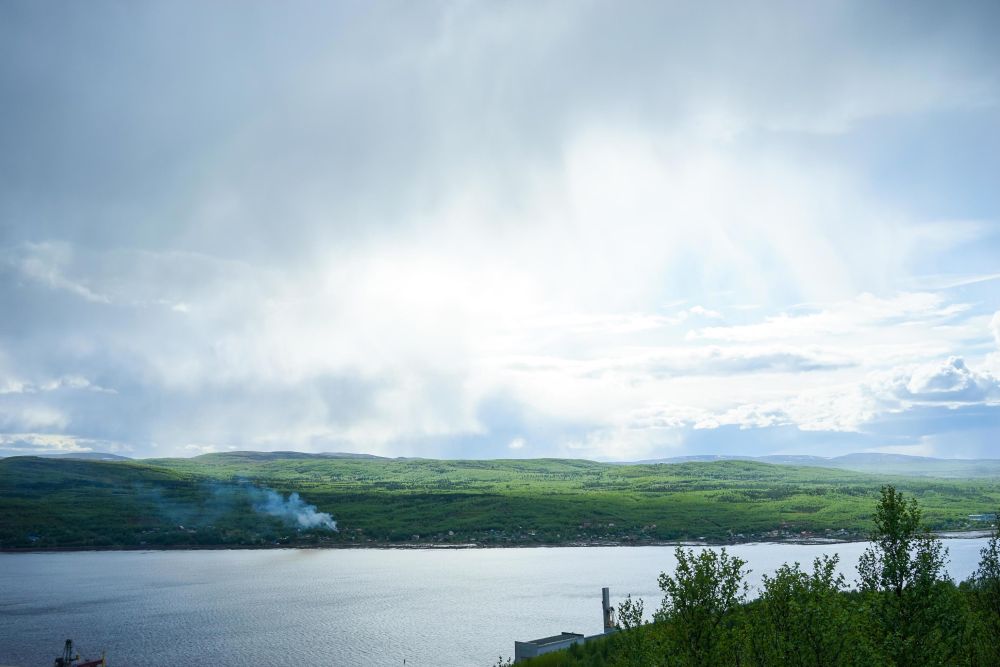

Kola Bay, also known as Murmansk Fjord, is a 57-km long inlet of the Barents Sea in Northwestern Russia. Historically, the area surrounding Kola Bay has been inhabited by the indigenous Saami people. With the founding of the city of Murmansk in 1916, which is located at the eastern side of the bay, this region started gaining strategic and economic importance due to its status as a year-round ice-free port on the Arctic Ocean.
During the Soviet era, tourism to Kola Bay was primarily domestic, with Russian citizens traveling to the area to enjoy its natural beauty and to take part in scientific expeditions or military service. The area saw a limited number of foreign visitors, largely due to travel restrictions during this period.
After the fall of the Soviet Union in 1991, Murmansk and the Kola Peninsula began to attract more international tourists. Visitors were drawn to the region's rugged landscapes, the Northern Lights, and the unique opportunity to experience life above the Arctic Circle.
The tourism infrastructure slowly expanded with the establishment of new hotels, tour companies, and improved transportation services. Particularly, the city of Murmansk has become a launching point for Arctic expeditions and a destination for those seeking to explore Russia's far north.
The latest trends in tourism at Kola Bay focus on adventure tourism, eco-tourism, and cultural experiences. These include:
In recent years, efforts have also been made to develop sustainable tourism practices to preserve the natural environment and the traditional ways of life of indigenous peoples. This is reflective of a broader global trend towards responsible and sustainable travel.